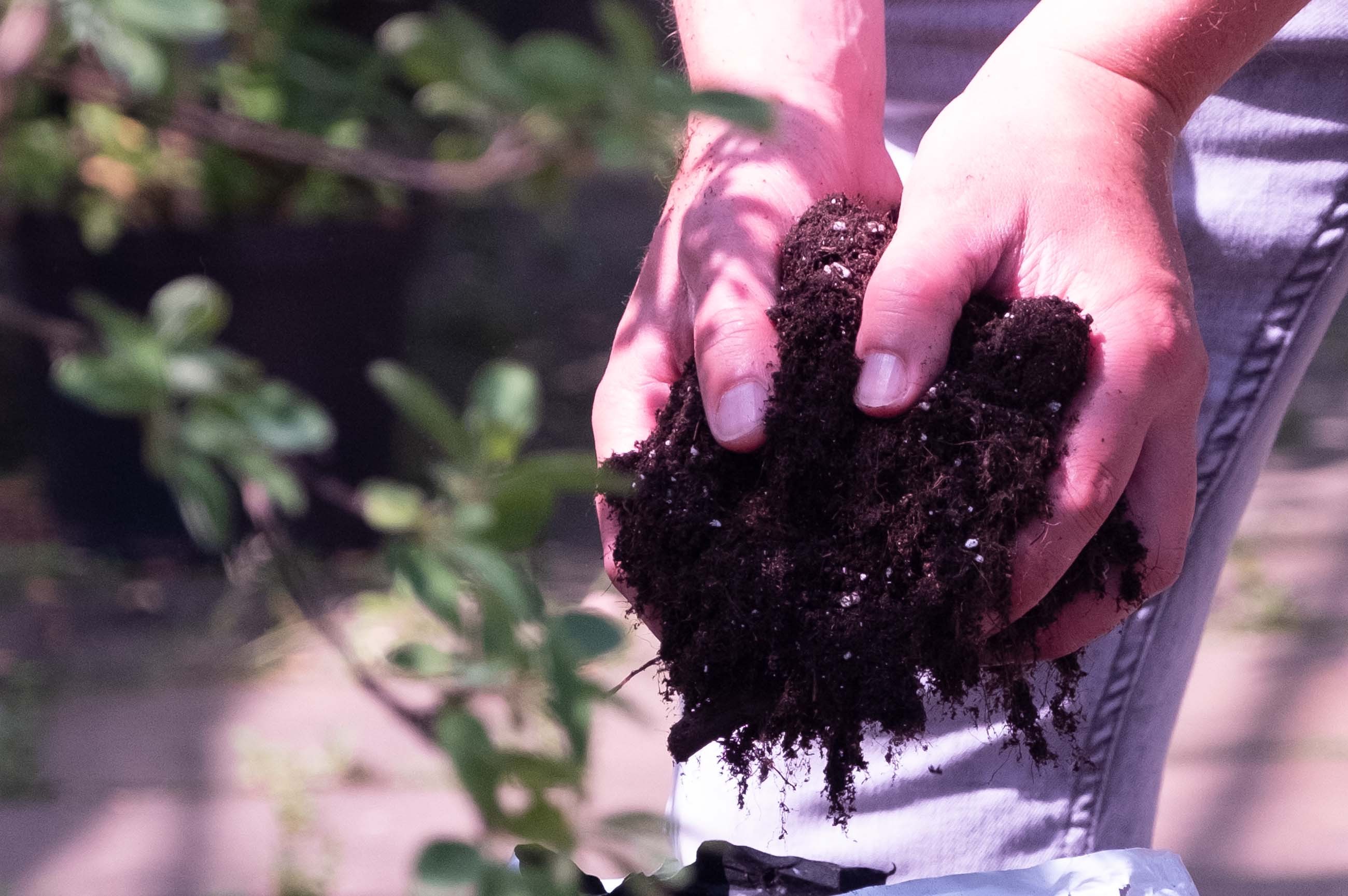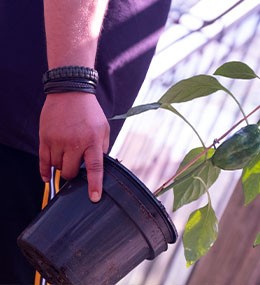How to repot indoor plants without transplant shock
As your indoor plants grow, the moment will come when they are simply getting too big for their pots. It’s time to repot your indoor plants. But how does that work? Is it the same as planting, only with a bigger plant? And how do you prevent the plant from suffering problems with water uptake, known as transplant shock? Let’s get into it.

What is transplant shock?
Transplant shock is a biological process. Your plant experiences it after being repotted. It basically means that your newly repotted plant can’t take up enough water through its roots. It’s effectively water stress. Transplant shock can be caused by incorrect planting. Frequently, plants being repotted don’t have very big root systems. Damaging or disturbing these less developed root systems too much during repotting can definitely cause transplant shock.
How do you recognise transplant shock?
The first sign that your plant is in transplant shock is leaf scorch. This means the edges of the leaves will start yellowing or turning brown. As the problem gets worse, the leaves may start curling or rolling up. Basically, the plant is letting the leaves die because it doesn’t have the water too support them.
How to avoid transplant shock
You can never totally prevent stressing the plant during repotting or losing roots along the way. But you can limit this stress. There are a couple of ways to prevent transplant shock.
First, it’s important to plant in a correctly prepared pot. Start with a layer of Euro Pebbles for drainage and then a layer of your chosen substrate. We advise Lightmix or Growmix, since these are well suited to indoor growing and have an excellent structure for developing roots. When this bottom layer is ready, you can put the plant in. It is wise to remove a small part of the root ball. That’s ironic, because this stresses the plant at the roots. However, it will help against transplant shock because the plant now has to work at developing new roots. Put the plant in the pot and place the remaining soil around the root ball. Press the soil in a bit so that the plant has a stable base and is contact with soil.
Next, water the indoor plant well after repotting. Transplant shock is water stress and making sure the newly planted roots can take up enough water from the first moment is essential.
Lastly, be careful to repot in a temperate weather period. Don’t do it when it’s hot and dry or very cold for a longer period. Repotting is an intensive process and it is always wise to do so when the plant is strong and can recover.
If you need help during your grow cycle, about the plant or Plagron nutrition, ask our Grow Experts via Servicedesk.
